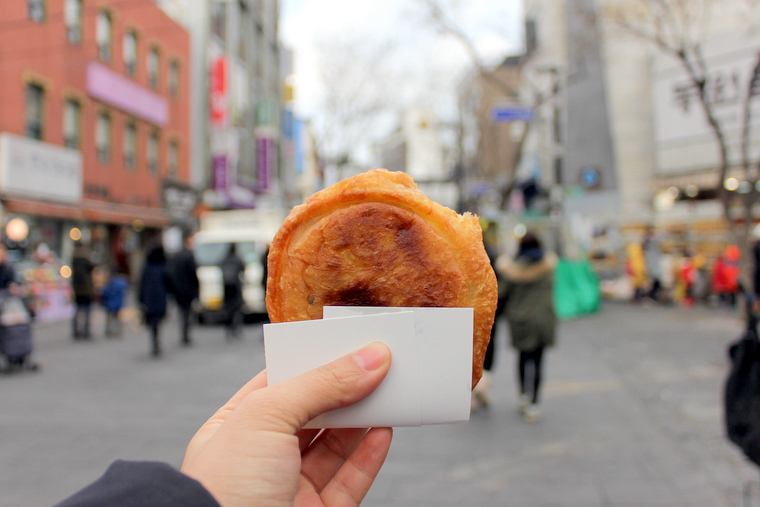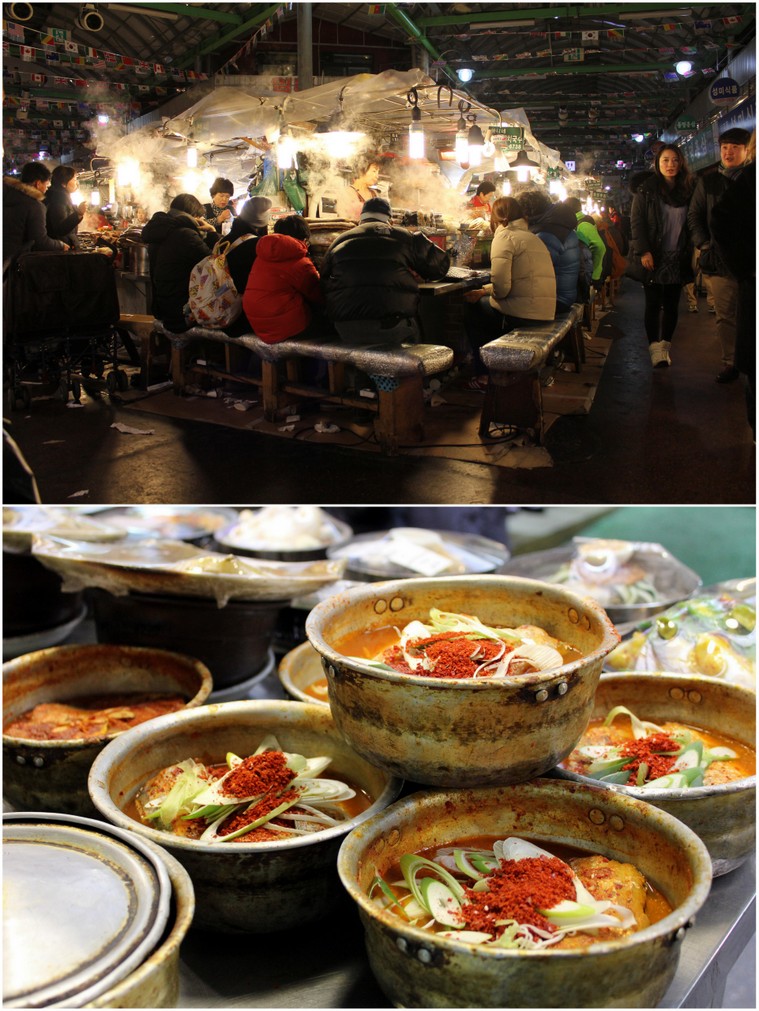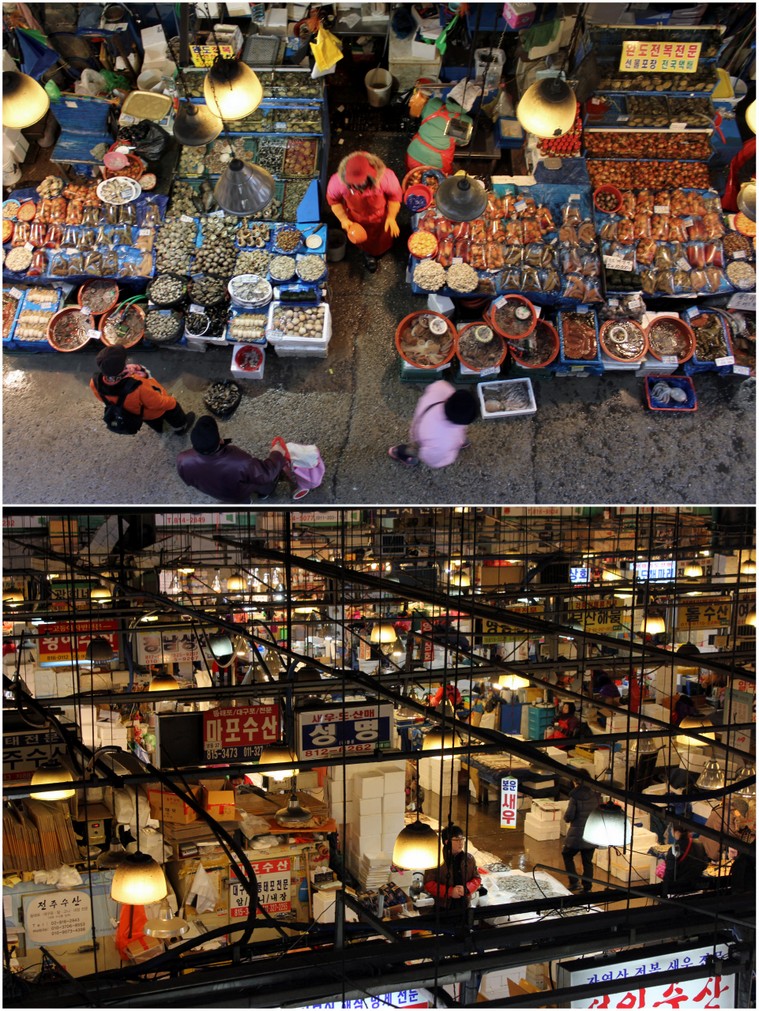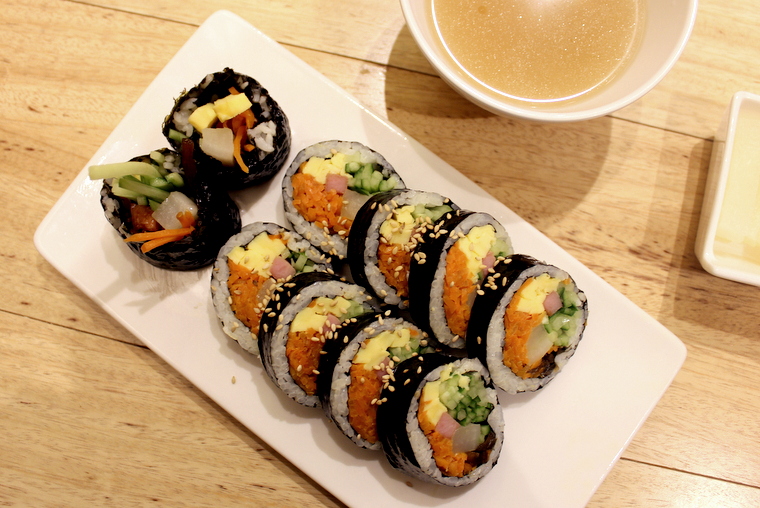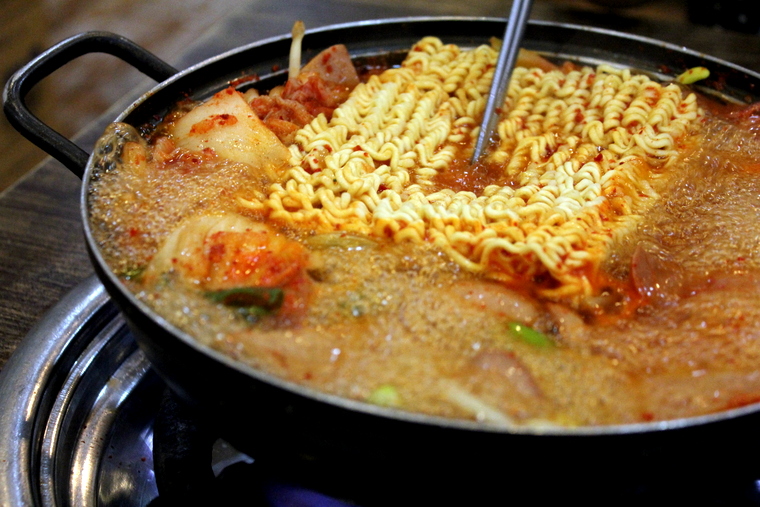Millennials have what you might call a bad rap. The stereotypes perpetrated by their elders would have you think millennials are lazy, self-obsessed and entitled. Apparently, they’re also eager to move back into their parent’s basement.
Emily and I are both millennials. We get it. The odds seem to be stacked against us. Soaring tuition rates left us with piles in student loans. Housing prices make it near impossible for home ownership. Retirement? Com’on, everyday expenses can be tough enough as it is. The struggle is real.
What it doesn’t mean, however, is that the struggle can’t be overcome. We’re fortunate to have been born in a first world country, with a support system of friends and family and an education to boot. That has helped us get to where we are today.
Everybody has a unique set of circumstances but getting a hold of finances and getting started on investing isn’t as hard as you might think it is. Here’s some investing advice for millennials that I wish I had learned earlier.
Time is of the essence.
Time isn’t something you can get back. Opportunities pass us by and often, they don’t come back.
One night in my university days, a long long while ago, I was heading home from some event or another with some friends. Our route home took us by an arch- probably 25 feet high- just outside the town’s city hall. It was well into the early hours of the morning and with no one around, we got to wondering,
“Hey, do you think we can climb that?”
Well, of course we could. YOLO, right? Without a second thought, we hopped the fence and scrambled on all fours to the top. High fives all around.
Ever do something stupid because YOLO?
You only live once. It doesn’t just apply to dumb things that seem like good ideas. Think about it. Time isn’t something you can get back. Opportunities pass us by and often, they don’t come back. Things that are worth doing should be done sooner rather than later.
Investing is one of those things. The miracle of compound interest works best over time. It works better over lots of it. The sooner you start investing, the better off your financial future will be.
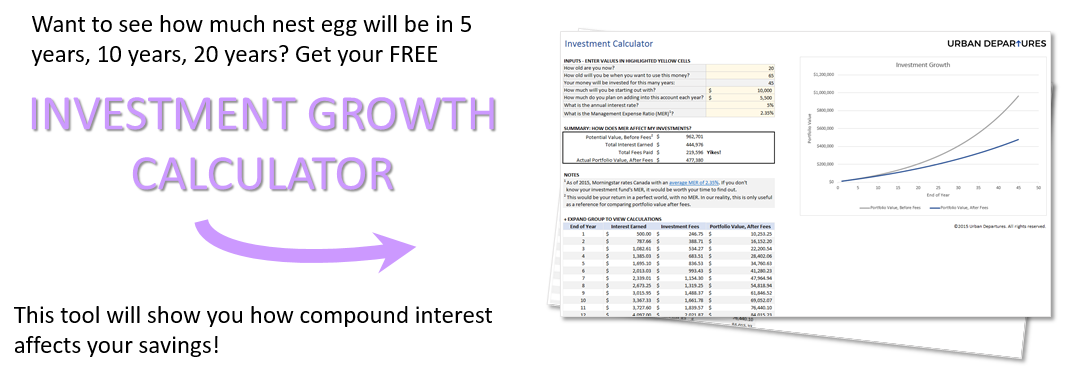
FREE DOWNLOAD: Get the INVESTMENT GROWTH CALCULATOR!
Don’t miss out.
84 percent think that holding cash is best for the long term. They’re all missing out.
In the HIMYIM episode “Curse of the Blitz,” Steve passes on a curse to Ted Mosby that results in him missing out on epic, and oddly miraculous, occurrences. It was an effect so strong that Ted’s absence was to be the very cause of these epic events. Long story short, the curse gets passed on to Barney, everyone yells “the gentlemaaaaaaan!” and leaves him wishing he had been there. No one wanted to be the the Blitz. They all had FOMO.
There aren’t many instances where I would advocate for having the fear of missing out, but I’ll make an exception for investing. A recent Bankrate study pegs 26 percent of people under age 30 as owning equities. That suggests an overwhelming 84 percent think that holding cash is best for the long term. They’re all missing out. Don’t be one of them.
The study credits the dot-com bubble burst and the meltdown of 2008 with keeping many from investing in the market. As fearful as market crashes may be, it doesn’t change the fact that money invested over the long term- say 30 years- will outgrow any cash you have lying around. Don’t miss out on the long term returns of the market.
Seriously, doe.
We didn’t start investing until shortly before we had kids. Prior to 2008, we were throwing all of our savings into our mortgage. I had a fear of investing in the market so I procrastinated and put it off. In hindsight, investing those savings would have worked better in our favour with mortgage interest rates so low. The markets have since tripled. We missed out on significant market returns because we didn’t start investing sooner.
When I finally got around to it, I learned that investing is a zero-sum game and that the key to “winning” is about time in the market and keeping expenses to a minimum. I opted for a low cost index investing approach with TD e-Series funds. It takes as little as 15 minutes a year to manage and it’s all much easier than I thought it would be. Forget what the elder generations think about us. Let compound interest work its magic to keep your future on fleek. Don’t delay, don’t miss out. Get on that.
Do you have any advice for your younger millennial self?



